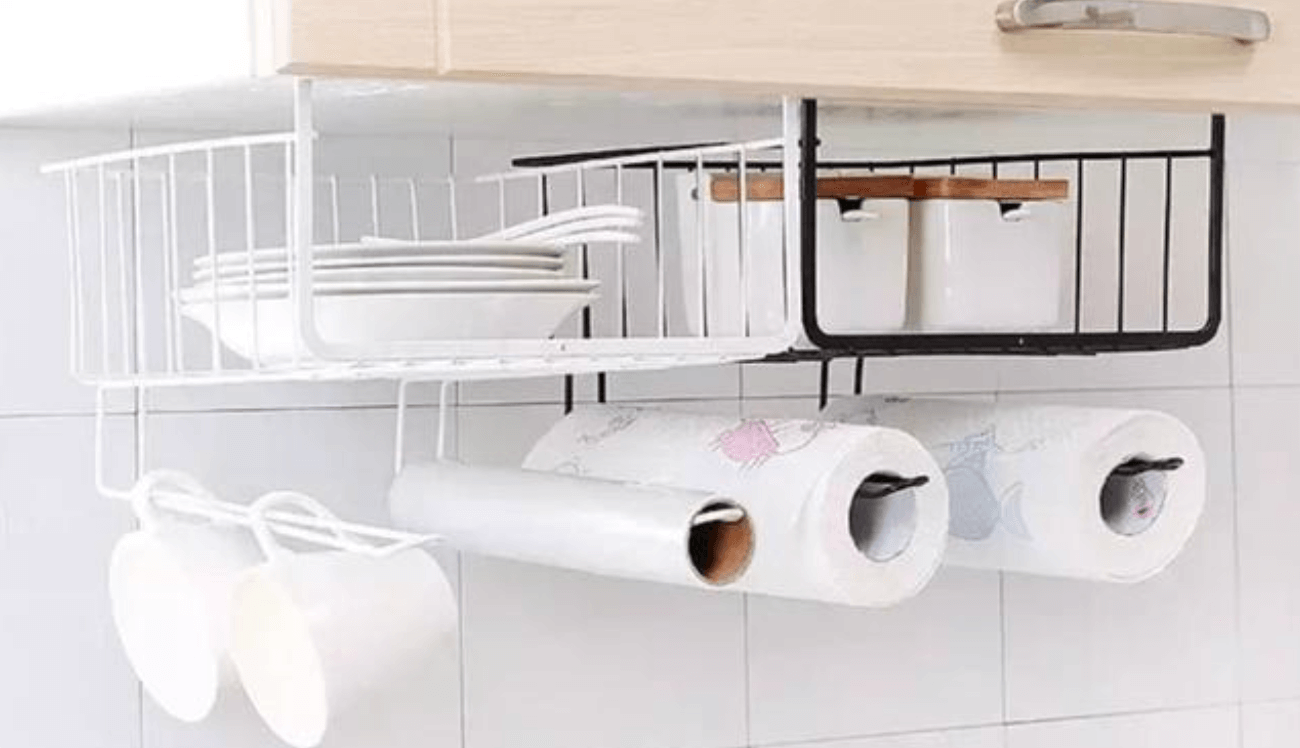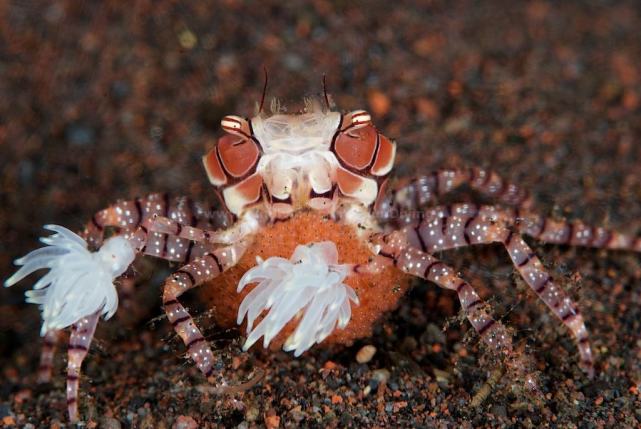
Allergic rhinitis, also known as allergic rhinitis, refers to a chronic inflammatory disease of nasal mucosa with the main symptoms of paroxysmal sneezing, runny nose and nasal obstruction, which is mainly mediated by immunoglobulin E (IgE) and participated by immune active cells and cytokines of the body after susceptible individuals contact allergens.
Type of allergic rhinitis
Perennial allergic rhinitis: It is caused by dust, mites and other allergens that exist all the year round. However, perennial rhinitis does not occur every day in a year, and it is also seasonally aggravated.
Seasonal allergic rhinitis: It is mainly caused by the seasonal dissemination of plant pollen, also known as "hay fever", formerly known as "hay fever". But in fact, patients with hay fever may be sensitive to a variety of pollens, and there are pollens in some areas all the year round, so patients with seasonal allergic rhinitis may also suffer from it all the year round.
Intermittent allergic rhinitis: less than 4 days per week or less than 4 weeks per year. Persistent allergic rhinitis: symptoms attack ≥ 4 days per week, or symptoms attack ≥ 4 weeks per year.
What are the causes of allergic rhinitis
Genetic factors: various phenotypes of allergic rhinitis are under strong genetic control, which is a disease with polygenic genetic tendency.
Inhalation allergens: including fungal spores, pollen grains, dust mites, animal excreta, etc. The concentration of such allergens is significantly related to the severity of symptoms of respiratory allergic diseases.
Food allergens: most allergens can cause skin and digestive tract allergies, or nasal symptoms, but rarely cause allergic rhinitis. For infants, food allergens are mainly milk and soybeans; For adults, common food allergens include peanuts, nuts, fish, eggs, milk, soybeans, apples, pears, etc.

Typical symptoms
Nasal itching: most patients have nasal itching, sometimes accompanied by itching of the soft palate, eyes and pharynx. Paroxysmal sneezing: There are many paroxysmal sneezing attacks every day, ranging from three to five, more than a dozen, or even more. Blow your nose more often.
Nasal obstruction: both sides have nasal obstruction, but the severity is different. For those allergic to pollen, nasal mucosa edema is obvious, nasal congestion is relatively heavy, and some patients may also show hypoosmia.
Allergic Rhinitis Daily Attention
Avoid contact with allergens, such as reducing the number of people who are allergic to pollen and wearing masks and glasses; Those allergic to dust mites should keep the indoor environment clean and dry to reduce dust mites; People who are allergic to animal dander will not keep pets.
Friends suffering from allergic rhinitis, please follow the doctor's advice and take good care of your nose.
Popular Articles
-
Improve the quality of life of home goodies

-
 7 minutes to create a strong and sexy arm line
7 minutes to create a strong and sexy arm lineMay 15, 2025
-
 The world's oldest flamingo, flamingo "great" lived 83 years
The world's oldest flamingo, flamingo "great" lived 83 yearsMay 15, 2025
-
 5 good things that can enhance the sense of happiness at home, with them, only to find that life can be so exquisite
5 good things that can enhance the sense of happiness at home, with them, only to find that life can be so exquisiteMay 15, 2025
-
 Super good kitchen storage methods, known as the best kitchen storage template
Super good kitchen storage methods, known as the best kitchen storage templateMay 15, 2025
-

Photos
Seven of the world's most exotic crabsMay 15, 2025







Comments
0